Knee Pain
Knee pain and injuries can affect people of all ages, from teens to seniors. Whether caused by overuse or trauma, knee injuries are especially common in adolescent athletes accounting for over 2.5 million sports-related injuries each year.
Knee pain symptoms can vary widely depending on the underlying cause. Common signs include a persistent ache or sharp pain in the knee joint, swelling and stiffness, difficulty fully straightening or bending the knee, and a feeling of instability or weakness in the leg. Some may also experience a popping or crunching sensation when moving the knee.
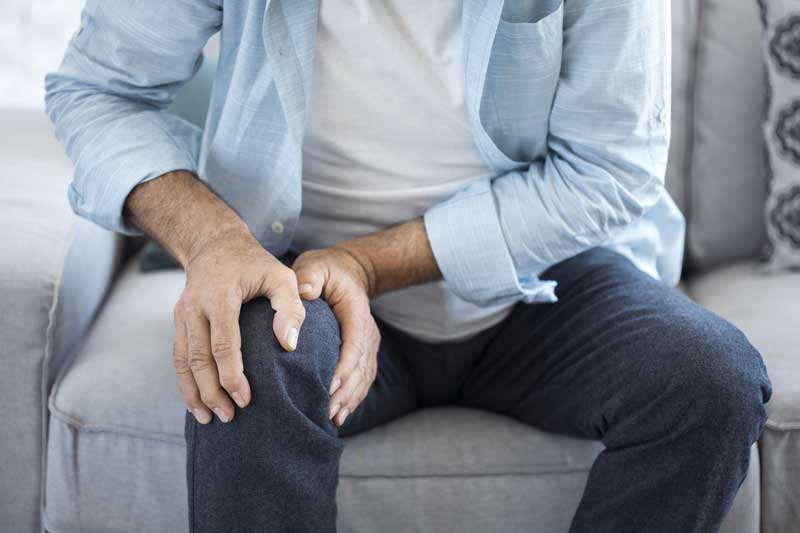
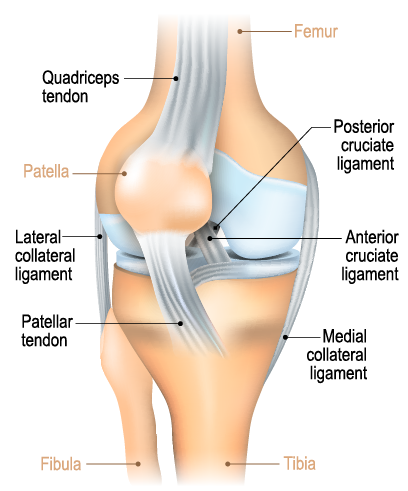
Femur (thigh bone), tibia (shin bone), and patella (knee cap) – a break (fracture) of any of the bones around your knee will likely be caused by trauma, and will be painful especially at night
Meniscus there are two a medial and lateral one. They act as shock absorbers or cushions to the knee joint. A tear in the meniscus could cause clicking, locking, and occasional sharp pains. A mildly torn meniscus can become asymptomatic for a period of time. Keeping the strength and balance throughout the lower extremity is extremely helpful in reducing the likelihood of symptoms recurring.
Ligaments are fibrous tissues that connect the bones together to provide stability. The four ligaments are the ACL (anterior cruciate ligament), the PCL (posterior cruciate ligament), the MCL (medial collateral ligament), and the LCL (lateral collateral ligament). These ligaments can be sprained or ruptured. MRI is typically required to diagnose this properly.
Tendons are fibrous tissues as well and they provide stability to the knee joint. Instead of linking bone to bone, tendons connect bone to muscle. The largest tendon in the knee is the patellar tendon, which covers the kneecap, and attaches to the quadriceps muscle. You may develop a tendonitis or inflammation of the tendon. Symptoms can resolve through a comprehensive physical therapy plan that includes looking at footwear and walking patterns.
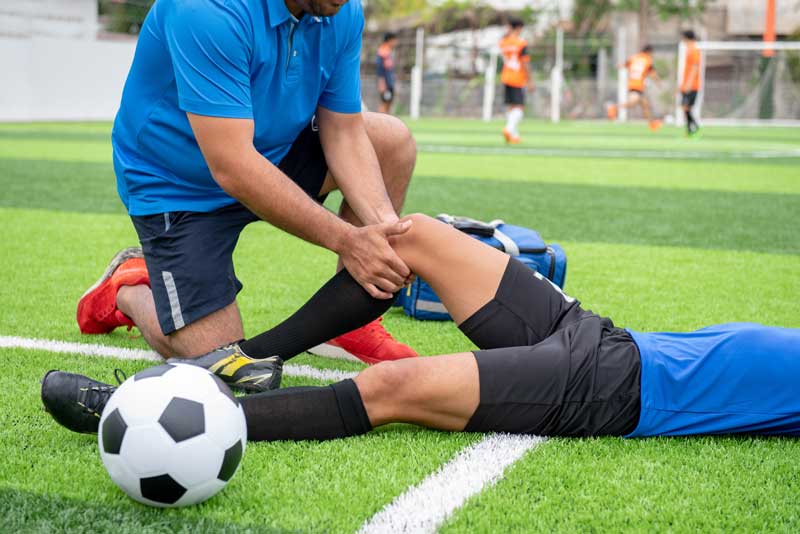
Knees are most often injured during sports activities, exercising, as a result of a fall, or over time due to wear and tear.
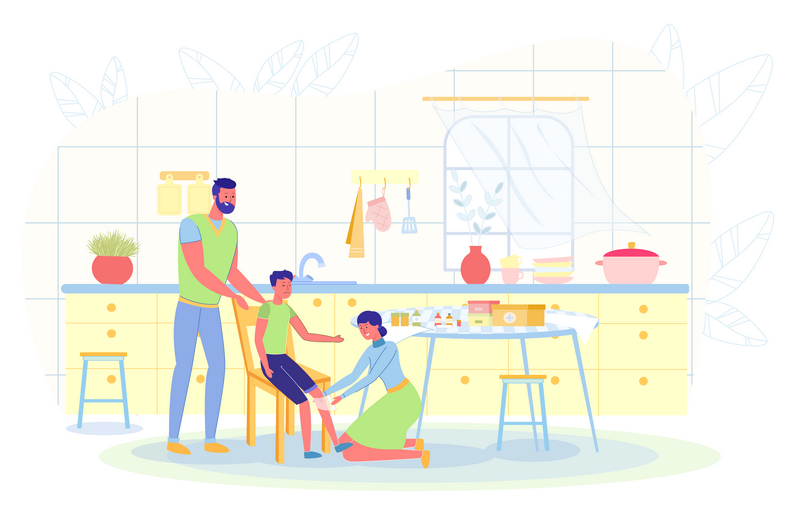
Rest: This means to respect your pain, stop doing the activities that cause your pain or increase your pain.
Ice: Applying ice to your knee joint as soon after an injury is essential to minimize the swelling and decrease secondary injury to the tissues surrounding the knee.
Compression: Providing a light compression wrap using an ace wrap will help manage swelling. Just do not apply it to tightly. It should just feel like it is giving your leg a hug.
Elevation: Elevating your knee above your heart so gravity can help move the swelling out of your knee and re-circulate it back into your system.
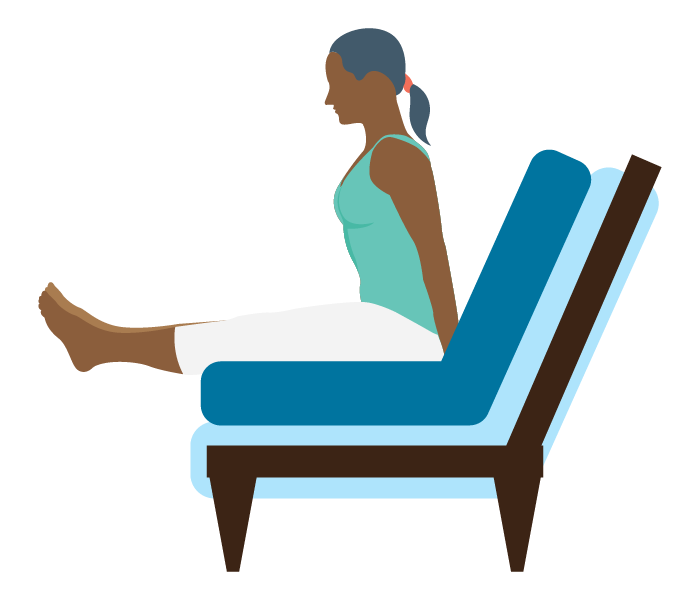
Start by contracting the quadriceps muscle (the big thigh muscle on the top of your leg) this will help pump the excess fluid out of the knee. You do this by sitting on the couch with your leg out straight. Tighten your thigh muscle so that the back of your knee pushes down towards the couch and your heel will raise up slightly. You should also notice your kneecap moving up towards your hip slightly. Hold this position for 10 seconds and repeat 10 times. Do this 2-3 times a day.
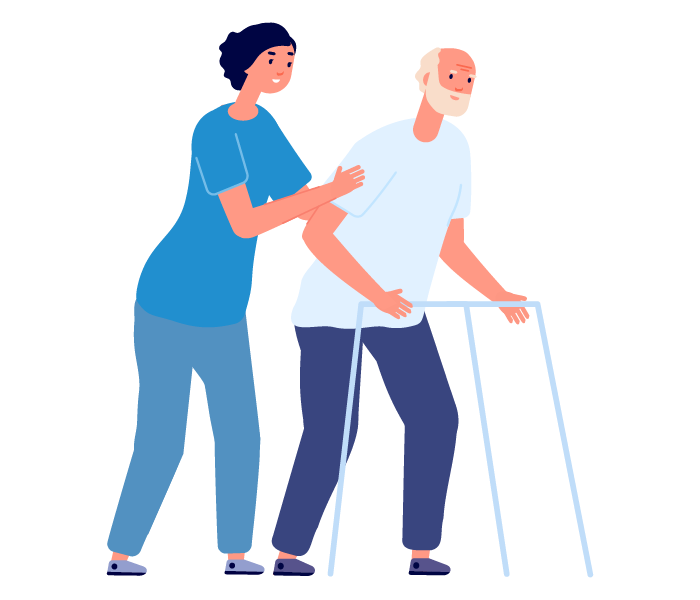
Our physical therapists can evaluate you and determine what is causing your pain. They will also refer you to appropriate medical practitioners if any additional intervention is required.
